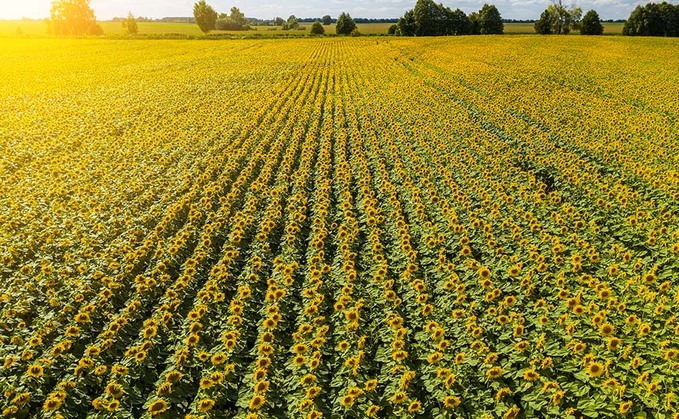
As the wet weather continues, growers may be looking for spring cropping options with an extended drilling window to give heavy, clay-based soil conditions the chance to dry out and become more workable....

As the wet weather continues, growers may be looking for spring cropping options with an extended drilling window to give heavy, clay-based soil conditions the chance to dry out and become more workable....

NEW CLAYDON 7.5M HARROW

NEW CLAYDON MARKER ARM KIT K-M3E-N01

NEW CLAYDON MISC DRILL ACCS
Simon Nelson advises farmers on a wide range of arable and forage crops across Cumbria, north Lancashire and into south-west Scotland
In the first of a three part series looking at winter wheat, the Crop Doctors visit North Yorkshire
Minimal or no till may be to blame for rise in prevalence, says expert